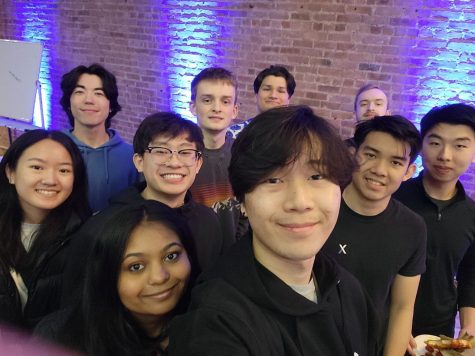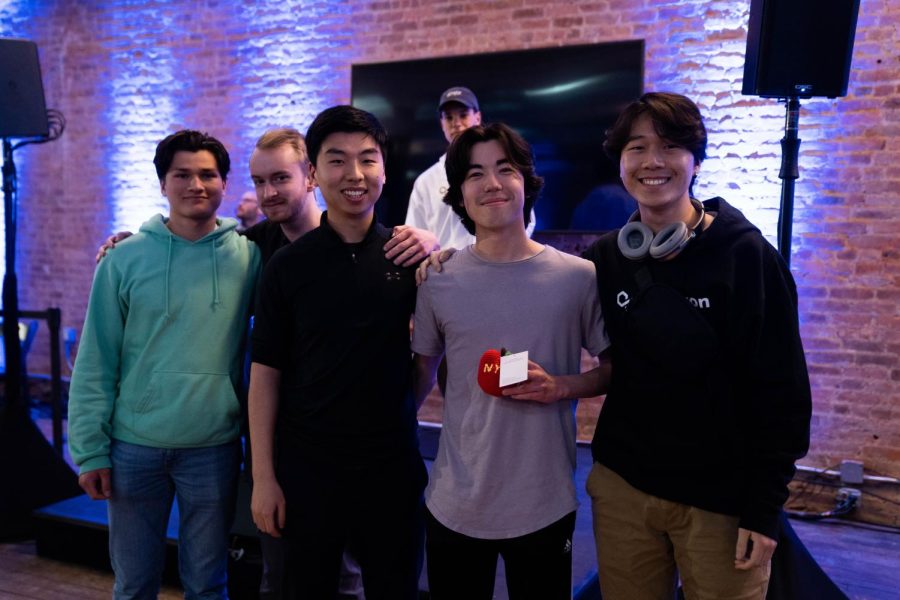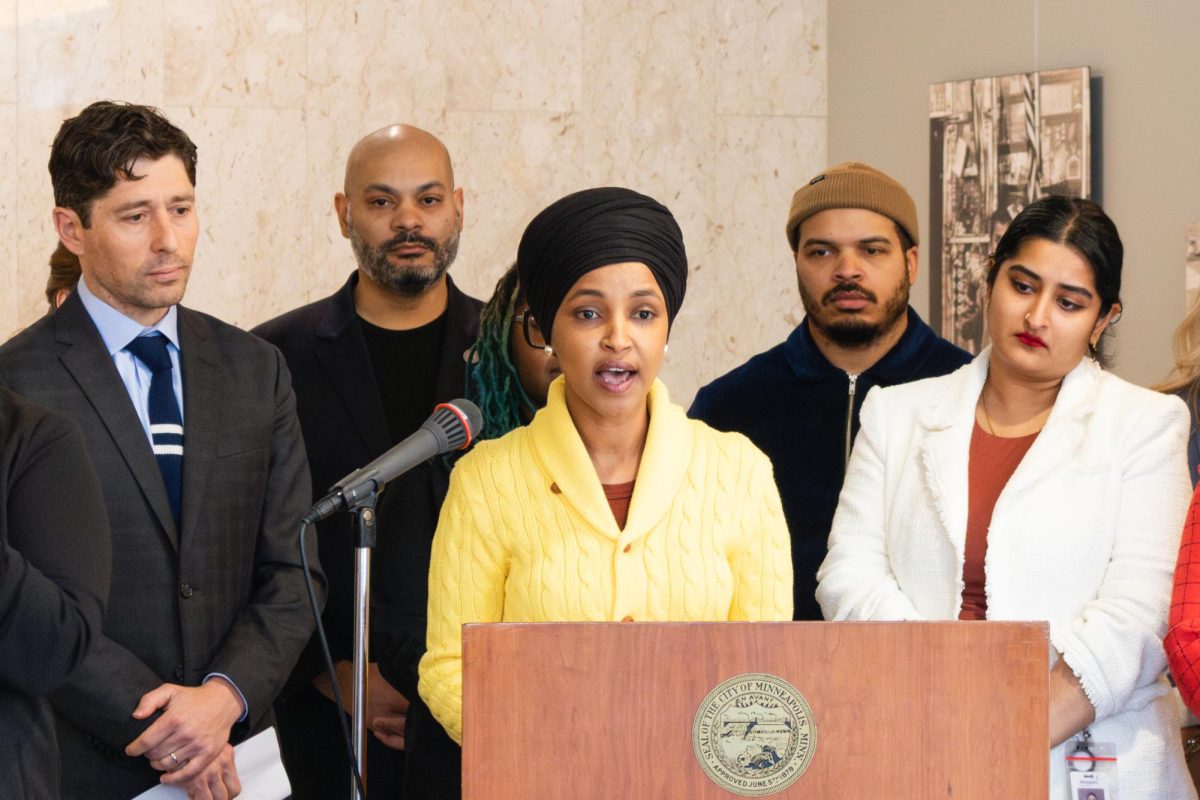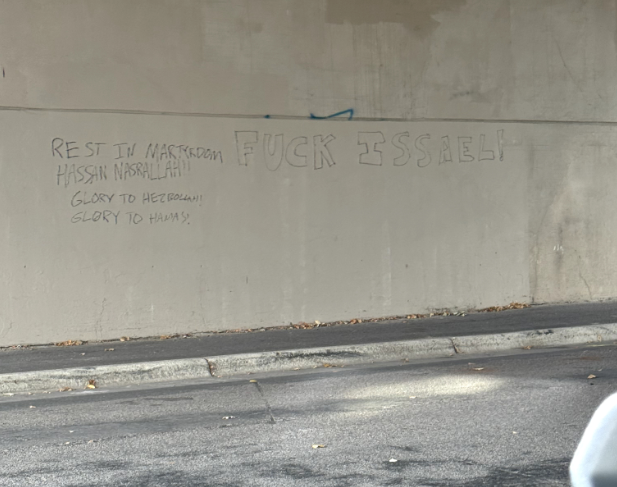Programing profit
“Let’s go to Amsterdam,” the group joked. “Let’s go to Mystic Lake and blow all of it on red” [for UMN Blockchain], Vice President of Communications Danny Bui proposed. The prize money felt out of reach going into LionHACK as underdogs against MIT, Princeton, UChicago, Harvard and Berkeley. Joking about how to spend the winnings was just that: a joke.
After UMN Blockchain’s first team won $7,000 from their division, Bui, a member of the second team, talked himself down: “we already walked away with a win…it’s okay.” The room fell silent after their second team won, bringing the group’s haul to $14,000. How much are Amsterdam tickets, again?
Hopefully, they could afford to upgrade from JetBlue. Flying out to LionHACK, a New York City-based hackathon/social coding event held in April, taught the club not to fly JetBlue. The airline lost Jacob Aune’s checked bag; he survived on hackathon swag until it was found. Flight delays turned a six-hour trip into 16 for Jin Kuan, the club’s now-graduated president and founder, and Brian Eide, the club’s new co-president; they missed the first day.
Finally at their New York hotel after the long haul, Kuan and Eide got to brainstorming hackathon projects. They came up with two solutions to the same problem and split into two groups of five.

The problem: guaranteeing liquidity/the capability to convert between cryptocurrencies.
“Healthy markets have a lot of buyers and sellers – that’s the traditional sense. You can make a transaction whenever. If you want to sell your asset, there will be a buyer. If you want to buy something, there’s always going to be a seller,” Eide said. “But with decentralized exchanges, there’s liquidity pools.”
Liquidity pools are collections of cryptocurrencies used for converting between different tokens for a fee; the fee goes to the liquid providers, who lend their tokens to the pool for conversions.
The caveat: big price movements incentivize liquidity providers to withdraw their tokens from the pool – leading to lost liquidity, making markets panic, which exaggerates price movements.
The solution: locked liquidity. Liquidity providers lock their tokens in liquidity pools for a set amount of time, ensuring market liquidity. The teams’ solutions diverged in how they incentivized liquidity providers to lock away tokens.
If that explanation didn’t make sense, it’s okay: UMN Blockchain is here to help. Gustav Baumgart and Matthew Choi joined UMN Blockchain with little background, but through conversations, presentations and smart contract workshops, their knowledge grew. “I learned a lot just by surrounding myself with the people,” Choi said.
“A lot of the smartest people from a bunch of different disciplines all come to the blockchain space to contribute their abilities, skills and knowledge,” Eide noted. “And that also applies to the club.”
UMN Blockchain so far
When Kuan began to break into the blockchain space, the people he met at online hackathons helped him along. “I thought it was eye opening how inclusive people are. You can ask any question on Discord and people get back to you in minutes,” Kuan said. “I wanted to introduce more college students to this experience.”
Kuan knew “it’s more valuable to connect people than go on your own.” After the University of Minnesota’s former blockchain-focused club – Cryptocurrency Club – fizzled out in 2019, Kuan re-established blockchain’s presence on campus.
“As soon as there’s a club, there’s a community, and people grow together,” Kuan said.
That community was small in fall 2021, the club’s first semester: attendance never exceeded 15 people. “It was just a core group of people who enjoyed talking crypto,” Kuan said. The club tried out an online hackathon but didn’t complete anything.
The club expanded its advertising and started receiving University funding in spring – spurting growth and propelling them to the $14,000 win.
“All of these blockchain concepts are quite intuitive once you get behind the jargon, and they’re going to revolutionize finance,” Kuan said. And maybe even more than finance – how about digital dating?
The future of blockchain
Another college’s hackathon project was Tinder on blockchain; two people received NFTs and paired other people up. If a pair went on a date and gave it a good rating, the people who connected them got paid.
“Crypto is one of those areas where every couple months, something’s the new fad. And then bam, it’s gone and there’s a new something you gotta be catching up to speed on,” said Abdullahi Abdullahi, a recent graduate and the “brain of UMN Blockchain,” according to Kuan. “It’s tough to do it solo. I’ve realized working in teams, conversing with others…just being able to communicate and share your ideas and hear feedback from others, that helped me a lot.”
Currently, Abdullahi is working on crypto trading algorithms. Whereas the stock market is crowded with large firms spending substantial sums to edge a profit out of the market, trading cryptocurrencies has far fewer players.
“I’m just trading [on] a lower scale in a crypto market because there’s a lot of edge in areas without a lot of players…an analogy would be you go to a poker table late – 2 a.m.-3 a.m. You see the drunk guys gambling, you have an edge. If you’re sober and clear minded, you can beat them…Understanding where your edge is, is always the most important thing.” Abdullahi’s edge is in crypto because blockchain has a limited talent pool.
“People with technical backgrounds, as of now, aren’t seriously considering blockchain as a career path,” Kuan said. UMN Blockchain has around half a dozen sponsors in “a community effort to raise awareness about blockchain being a viable career path,” Kuan explained.
Most sponsorships don’t lead to career opportunities, but Jump Trading, a sponsor for the hackathon and UMN Blockchain, liked Kuan, Bui and Aune’s hackathon project; they’ll be continuing work on the project for the company.
While Kuan has graduated and moved on, Eide is taking over as co-president. UMN Blockchain, much like blockchain technology, isn’t going anywhere.
“What we’re witnessing in the blockchain space is similar to the internet boom – lots of things may completely revolutionize our life,” said Kuan. “I recently read about how the Agricultural and Industrial Revolution[s] were made possible, not necessarily by the advancements of technology, but rather by the way money, debt and credit were handled in society.”
People began tracking their transactions, which created trust for inter-city trade, and the invention of joint-stock companies enabled the Industrial Revolution. Now, with blockchain allowing the masses to manage financial records, as opposed to a single source, “we’re witnessing the next step in that direction,” Kuan said.
“We don’t know what this is going to do to society, but it’s definitely going to be here to stick,” he said. “And it’s going to change the way we think about money and economic justice in the long run. That’s what draws me to blockchain.”














